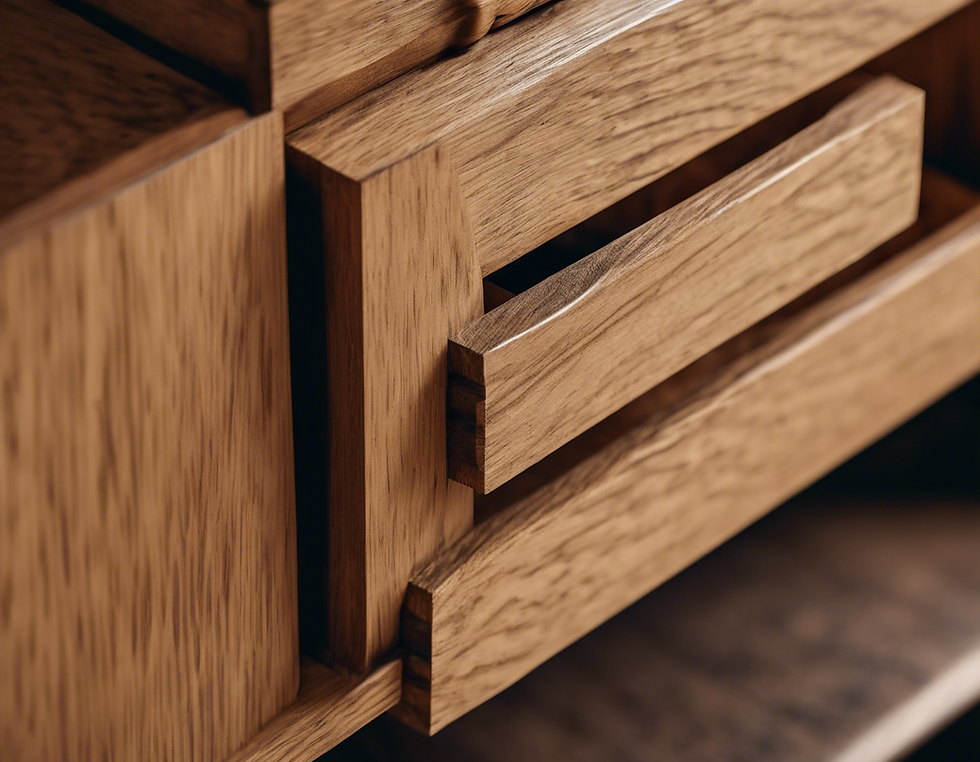Mastering Cabinet Making Techniques: Expert Tips and Tricks
- Joe Wilson
- Jan 18
- 2 min read
Cabinet making is a skilled craft that requires precision, attention to detail, and a solid understanding of various techniques. Whether you're a novice looking to improve your skills or a seasoned professional aiming to master new tricks of the trade, there is always room to enhance your cabinet making abilities.

One of the key aspects of mastering cabinet making techniques is understanding the importance of proper measurement and cutting. Accurate measuring and precise cutting are fundamental to creating high-quality cabinets with clean lines and seamless finishes. Invest in quality measuring tools and ensure they are properly calibrated to avoid errors in your dimensions. Another essential skill for cabinet making is selecting the right materials. The type of wood you choose can greatly impact the final look and durability of your cabinets. Different woods have varying levels of hardness, grain patterns, and colors, so it's crucial to select the most suitable option for your project. Additionally, understanding how to properly prepare and treat the wood before assembly is vital to ensure structural integrity and longevity. Joinery techniques play a critical role in cabinet making, as they determine the strength and stability of the finished piece. From basic butt joints to more advanced dovetail and mortise and tenon joints, mastering various joining methods is essential for creating durable and visually appealing cabinets. Take the time to practice and perfect your joinery skills to elevate the quality of your work. Finishing touches can make a significant difference in the overall look of your cabinets. Whether you prefer a natural wood finish, staining, or painting, the key is to pay attention to detail and execute the finishing process meticulously. Proper sanding, staining, and sealing are essential for achieving a professional and polished appearance. To enhance your cabinet making skills further, consider seeking guidance from experienced professionals, attending workshops, and exploring online resources. Practice consistently and challenge yourself with new and complex projects to refine your abilities and expand your expertise. In conclusion, mastering cabinet making techniques requires dedication, practice, and a continual pursuit of knowledge. By honing your skills in measurement, material selection, joinery, and finishing, you can elevate the quality of your cabinets and establish yourself as an expert in the field. Keep pushing yourself to learn and grow, and your craftsmanship will speak for itself.

Comments